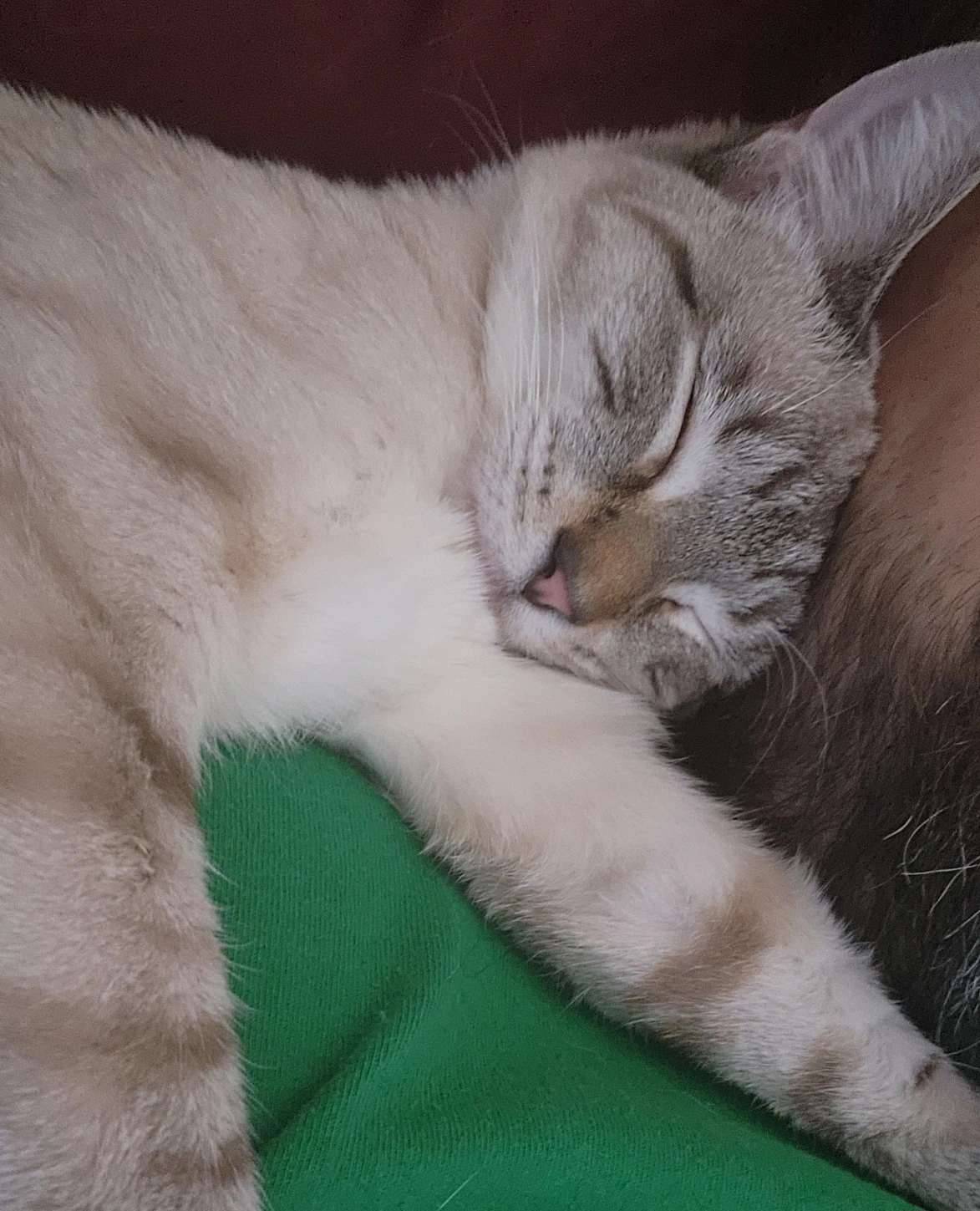This is a thing with every dishwasher I’ve had, some models seem better than other. You wash the dishes and when they dry, they have a musty odor I can only describe as “wet dog”. Other people often don’t seem to notice this, so maybe I am just sensitive to it. Though if I point it out, then they smell it.
I have tried:
- Cleaning every nook and cranny of the dishwasher and filter
- Running with orange kool-aid/citric acid/lemishine in dispenser after each wash (works decently well)
- Running a rinse w white vinegar after each cycle (this works the best so far)
- Making sure dishes air dry instead of dry inside the dishwasher (always do this, helps a bit)
In all instances where this happens, the dishes are clean and don’t have food stuck to them or floating around in the water.
Has anybody else fought this problem? What worked for you?
Oh oh, finally something I can comment on!
I’ve replaced a number of dishwashers and in every case like this the drain hose, under the dishwasher, had a low spot where water then mold collected.
It’s usually pretty easy to check. Most dishwashers are secured with a couple of screws to the counter top or sides. Once those are removed it should be easy to slide it out. Probably best to look up a YT video on it. But if that’s the problem the drain hose is a dime a dozen, don’t try and clean it. You’ll know if it’s the source of the smell pretty quickly.
Now this is a suggestion I haven’t heard before, thank you I will look into this!
This is so close to being right. You want your drain hose to have a high loop before it connects with the drain pipe. This site has more info and clear pictures.
https://homeinspectiongeeks.com/what-is-a-dishwasher-high-loop-and-why-do-you-need-one/
Oh, I hadn’t heard of that. Of course that makes perfect sense though.
Saving this for future me with wet dog smelling dishwasher. Thanks for the tip!
This is awesome! So I get replace the hose, but then do you prop up the new one so there’s no low point for water to collect? Or will it just be an ongoing issue and need periodic replacement?
I can really depend on how the hose can be situated. Oftentimes the hose runs into a cabinet next to it and into the sink drain. Frequently just adjusting that under the sink is enough.
Also the hoses are intentionally too long so you can attach the hose before putting the washer under the cabinet. Making sure to take up the slack is the important part
But sometimes yeah you can’t and just have to replace the hose every once and a while. If you use the washer frequently enough, like at least once a week it should be fine for years
Sounds like we need a string tied to it attached to a lever!
Have you tried not using it to wash your dog?
Well it’s not like I’m going to just throw the dog in the washing machine, that’d just be cruel
Have you checked to make sure the dog isn’t sneaking in?
Mm, yes, but have you considered that their natural habitat may be cold, dark, wet, and rotating? And in depriving them of that, are you not the true monster?
I have the same issue and eventually gave up and got whats called a “verfrisser” in Dutch. I suppose it translates to “refresher”? Its a little thing that hangs on the rack that keeps it smelling fresh. One is good for 60 washes, or 2 months. The one I have is made by “finish” and was €2 for 2.
My apartment also has extremely hard water so I also run it empty at max temperature with a descaling powder once a month. I find the smell is greatly reduced for a few days after descaling. That may be why youre smelling it less when using the vinegar rinse.
To help with smell in the washer we keep the liquid soap tray open after we finish using it. And leave the lid open most of the time. It seems to keep humidity down and the smell went away almost instantly.
Yes, open the dishwasher when it’s finished (like max 1h after)!
Works for me, and if I don’t well I get the smell.
I think this is a great preventative step. I have a side load washer and dryer and I have to keep the washer door open between loads. Other people I know got a similar machine and never did. Those machines smell like mold and they wash their clothes in it still. Eww.
Meanwhile I’ve had mine for 10 years and it is still working great. We run the clean cycle when it tells us, but the preventative step of “letting the water evaporate so mold doesn’t grow” is a great one.
Posting this as a top level comment as well for visibility.
The tablets are a scam.
Ridiculously detailed video about them here.
The TL;DW is: use powder over tablets, and fill both the main detergent section AND the prewash section (or just throw a little extra powder in loose)
Also, run the hot water before turning it on
replyIn Europe, appliances are never connected to the hit water circuit and are left to regulate temperatures by themselves.
Just fyi
Except for my mother in law. She hooked it up to the hot water to save gas (through solar thermal panels). In summer the hot water gets up to 70°C. So we need to shower first to lower the temperature again before she can start her dishwasher XD
I completely agree that powdered detergent is the best. Running the water to ensure it’s getting hot water immediately is also very important.
However, I disagree that the detergent should be filled all the way. The amount of detergent you use should scale based on water hardness. If you have softer water you can use less detergent. For example, I have relatively soft water where I live so I only fill the detergent about half way and my dishes come out sparkling. If my water was harder I’d have to use more. The instruction manual for the dishwasher should have guidance on how much detergent to use. Using too much can cause your dishes to not clean as well.
Yep, the video (or possibly the follow up video? don’t remember) goes into this. I’m in a very hard water area, so we fill it, but you’re right, it should depend on hardness.
Which incidentally, is another reason tablets suck.
Just a heads up, he debunked his own video later in the year. Turns out he overlooked a few small details that completely change everything.
Lol, did you watch the updated video? The only thing he got wrong really was that you don’t necessarily need to fill the dispenser, depending on how hard your water is. The rest of the advice remains the same.
Are you taking out the filter and removing all the food bits?
Yes. And I have experienced this on dishwashers that don’t have filters as well.
deleted by creator
Splash the insides with vinegar, run it, toss in some baking soda, run it again.
And keep it at least partially open most of the time when not in use
I’ve had success with Jet Dry and Cascade Platinum plus pods. Our filter gets super gross after about 10 cycles. Between cleaning out the filter often and running those two product combos, we don’t really have a smelly washer. My other thought was your water quality. We have a whole house water softener. Have you tested to see if you have super hard water? This ruins appliances. Simple test can be bought on Amazon.
I’ve been wondering if it might be a water hardness/softness things. I’ve experienced this in several different cities, but it’s possible they all had either hard or soft water.
Those rinse cycle products are bad for you, so I’ve heard.
I’m pretty sure my wife ran an empty cycle (no dishes, no detergent) with half a lemon in the cutlery basket. She seemed pretty happy with the outcome.
Not a dishwasher, but may be related. I air dry my clothes indoors, sometimes overnight, and used to get that damp rag smell on my clothes as a result. Solution: toss in a tbs of baking soda - no more smell.
If your dishwasher has a musty odor it is harboring bacteria that will fuck up your mental health. I forget the name of the bacteria but it starts with an A and its airborne products can give you chronic inflammation.
That problem goes so much deeper than funky smelling dishes. It’s a threat to your health.
Same for any part of your home that produces this smell. It’s not to be taken lightly.
So what, nuke it and start over? How do we destroy the bacteria and still have the majority of our walls standing?!
Good info
lemons are great for this. You don’t need all of it, just the skin. press the lemon and enjoy the juice, put the skins on the glass rack and you’ll have a fresh lemon flavor when opening the door. needs replacing every other wash or so (they get hard and stop smelling)
Run an empty cycle with a bunch of bleach.
I don’t put certain things like dishes that contacted raw eggs in the dishwasher so that won’t happen. I’m still learning what the optimal way to use a dishwasher is though. This smell has a name in Arabic, زنخة (zanakha).
“I don’t put certain things like” . . . I expect you to say “dogs”.
Well you wouldn’t put a wet dog in the dishwasher, it’s already wet. I only put dry dogs in mine.
Wet dogs go in the dryer, hot dogs in the fridge
Wet dogs go in the dryer, and hot dogs in the fridge
-
Make sure the heating element is working. If you open the dishwasher immediately after the cycle ends, some steam should come up in your face and the dishes should almost be too hot to hold.
-
It’s not enough to just pick food out of the filter. It might still be slimy. You have to remove the filter and scrub its parts with a stiff soapy brush. Especially the screen type parts.
-
When the filter is out, check the hole where it goes to see if there is food or slime in there.
-
Don’t use liquid detergent, pods, or any detergent with fragrance. You don’t want dishes that smell like fragrance. If they do, then they’re not rinsed. Instead, use fragrance-free tablets. Fragrance interferes with the cleaning because the fragrance itself needs to be cleaned.
-
Put the detergent tablet in the bottom of the dishwasher, never in the door compartment.
-
Take both the top and bottom spinning spray-arms out of the washer and examine every squirt hole in each one to see if any are blocked. Bits of eggshell and vegetable are common culprits. Make sure each hole is completely clear by putting the spray arms inlet agains the kitchen sink faucet.
-
Last and most important, and probably your issue: the last thing you need to do before EVERY wash is to push both baskets into the washer, then reach in and give each spinning spray arm a spin to see if they spin freely or blocked by a dish. Listen when you spin it, if it is blocked you’ll hear it banging on a plate as it goes around. They are powered by the water, and even a slight catch on a plate or dish will stop it from spinning. This is what usually causes “wet dog ass” plates.
Put the detergent tablet in the bottom of the dishwasher, never in the door compartment.
What’s your motivation for this?
Wouldn’t this just make the detergent get used up in the first cycle, which is usually the shorter one iirc?
Also, why the recommendation for using a tablet over powder? You get finer control over the dosage with powder, it’s a lot cheaper, and you can actually fill both the compartments of the detergent compartment, meaning that you get detergent in both the rinse cycle and the wash cycle, for maximum washing efficiency.
This tbh. The tablets are a scam.
Ridiculously detailed video about them here.
The TL;DW is: use powder over tablets, and fill both the main detergent section AND the prewash section (or just throw a little extra powder in loose)
Also, run the hot water before turning it on
Running the hot water before I guess only applies if your dishwasher doesn’t heat its own water, right?
It applies to all dishwashers except industrial. The washers assume a certain temperature of hot water coming in.
Is this the case for Europe as well? I know that European washing machines for example will take in cold water and heat it themselves, while American washing machines either take their water from the hot or cold lines depending on a user setting.
If your dishwasher starts washing shortly after you turn it on, then it probably didn’t have time to heat the water… At least in North America, dishwashers have water heaters but they still rely on hot water coming in for best performance.
I looked it up in my native language - as to get localized results - and it seems like the general manufacturer’s recommendation here in Sweden is to connect the dishwasher to the cold water, making any prewarming of the water unnecessary here.
I guess different advice for either side of the Atlantic is warranted, same as with washing machines - it’s basically not possible to run a washer here with cold water as far as I know, you can only run it at 30 °C at the lowest, where the washing machine will heat up cold water to that temperature itself.
The channel Technology Connections had a great video on dishwashers. It depends on how you run your washer. Powder detergent in both the pre-wash and main wash compartments is the recommended option. If you skip the pre-wash (such as by using an “Eco” or Energy/Water-saving setting), then it makes no difference between putting the detergent in the compartments vs. the bottom of the dishwasher as long as your compartment is working correctly. If it isn’t, then indeed putting it on the bottom of the dishwasher is better.
Most of these are done except the tablet location.
Follow the manufacturer’s directions on this. Usually put them in the door so they are used during the longer wash cycle and not the shorter rinse cycle.
Also, if your dishwasher is older, it might not be designed for modern detergents. Older detergents had some ingredients that modern ones do not.
-











